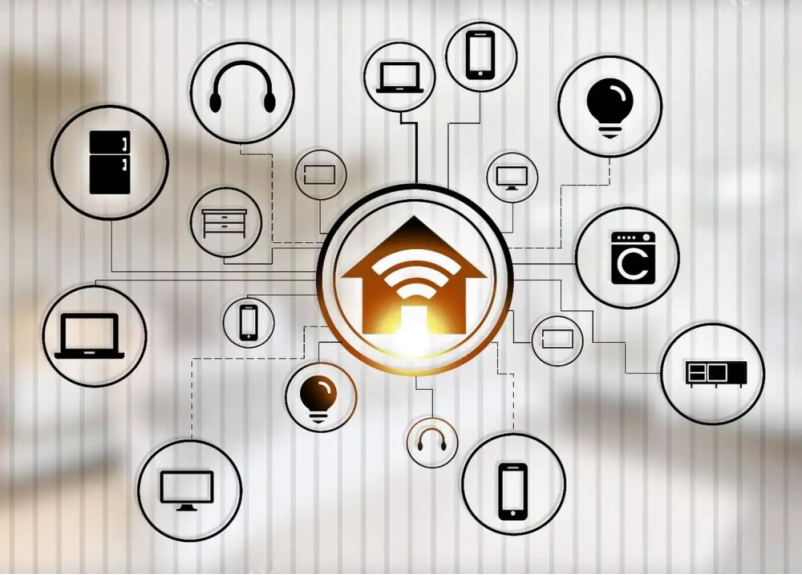Smart lighting technology is attracting more and more attention and has become the first wave of the Internet of Things devices. Smart lighting gateways are an important part of this wave of craze.

Gateway: Provides the foundation for the lighting network
So far, there are still two key issues to be solved: the interconnection of old and new systems and end-to-end analytics capabilities. Although the criticism of the IoT has not entered a period of outbreak in a strict sense, intelligent lighting has the advantages of safety, environmental protection and energy saving, comfort, high efficiency, etc., and has broad application prospects in home, office and other fields, and is expected to replace traditional lighting. Customer experience will be one of the most critical factors affecting the outbreak of the smart lighting market.
Smart gateways play an important role in lighting systems. With the help of existing computer network technology, intelligent lighting can connect various lamps to achieve centralized and unified control and management of lighting fixtures. The intelligent gateway is the internal transmission and control center of the intelligent lighting network, which directly determines whether the intelligent lighting network can be quickly established. In other words, gateways provide the basis for the construction of lighting networks.
The Internet of Things is gaining momentum around the world. So far, however, there are still two key issues to solved: the interconnection of old and new systems and end-to-end analytics capabilities. We believe that only by successfully solving these two problems can the Internet of Things make great progress. In order to efficiently capture useful data from standalone devices and transfer it to the cloud, where it is then integrated and analyzed in the cloud, intelligent gateways are essential.
Status: There has been a multi-gateway scenario for a long time
As a distributed or one of the multiple gateway schemes, lighting gateways will be in the market for a long time.
With the continuous emergence of new smart gateway products, the concentration of different types of applications on one device will be the future trend of intelligent gateway research and development. However, because different external access networks have different characteristics, and different service providers have different business models, it is difficult to have a single intelligent gateway solution in a while, and lighting gateways, as one of the distributed or multiple gateway solutions, will exist in the market in large quantities.
The intelligent lighting gateway system can centrally manage and control modules such as smart switches and sockets wirelessly. Customers can increase the number of controllers according to the actual size of the apartment to solve the problem of limited wireless distance. The lighting gateway centrally manages home appliances and lighting, enabling rich management and control functions.
At present, the terminal devices such as mobile phones or pads we use all have Wi-Fi function but no ZigBee communication function, so if you want to use these terminal devices to control it, you need a signal conversion process. The gateway can do this role. The gateways produced by DTTEK can understand and control the entire intelligent system in various environments and conditions, communicate with residential facilities such as lighting and home appliances through network connections, and control various devices in the home and collect information through smartphones or tablets even when you are not at home.
Trend: Compatible with multiple communication standards
When various communication protocols such as Wi-Fi and GPRS have entered the IoT, solutions compatible with multiple communication standards will become the development trend of the industry.
Zigbee has always been the dominant technology for smart lighting transport protocols. Compared with other wireless communication technologies, ZigBee has the characteristics of low power consumption, low data volume, high anti-interference and high security. And the features that cannot be ignored are more automatic dynamic networking, and its own cluster library (ZCL) role. These reasons make the use of ZigBee in the smart lighting industry more convenient and simpler.
However, as a kind of IoT system, the intelligent lighting system is not only interconnected through ZigBee, but also with various communication protocols such as WiFi and GPRS. Solutions compatible with multiple communication standards will become an industry trend. The gateway is just one component of the intelligent lighting system, and the key for future development is to achieve more flexible control and diversified functions based on it.